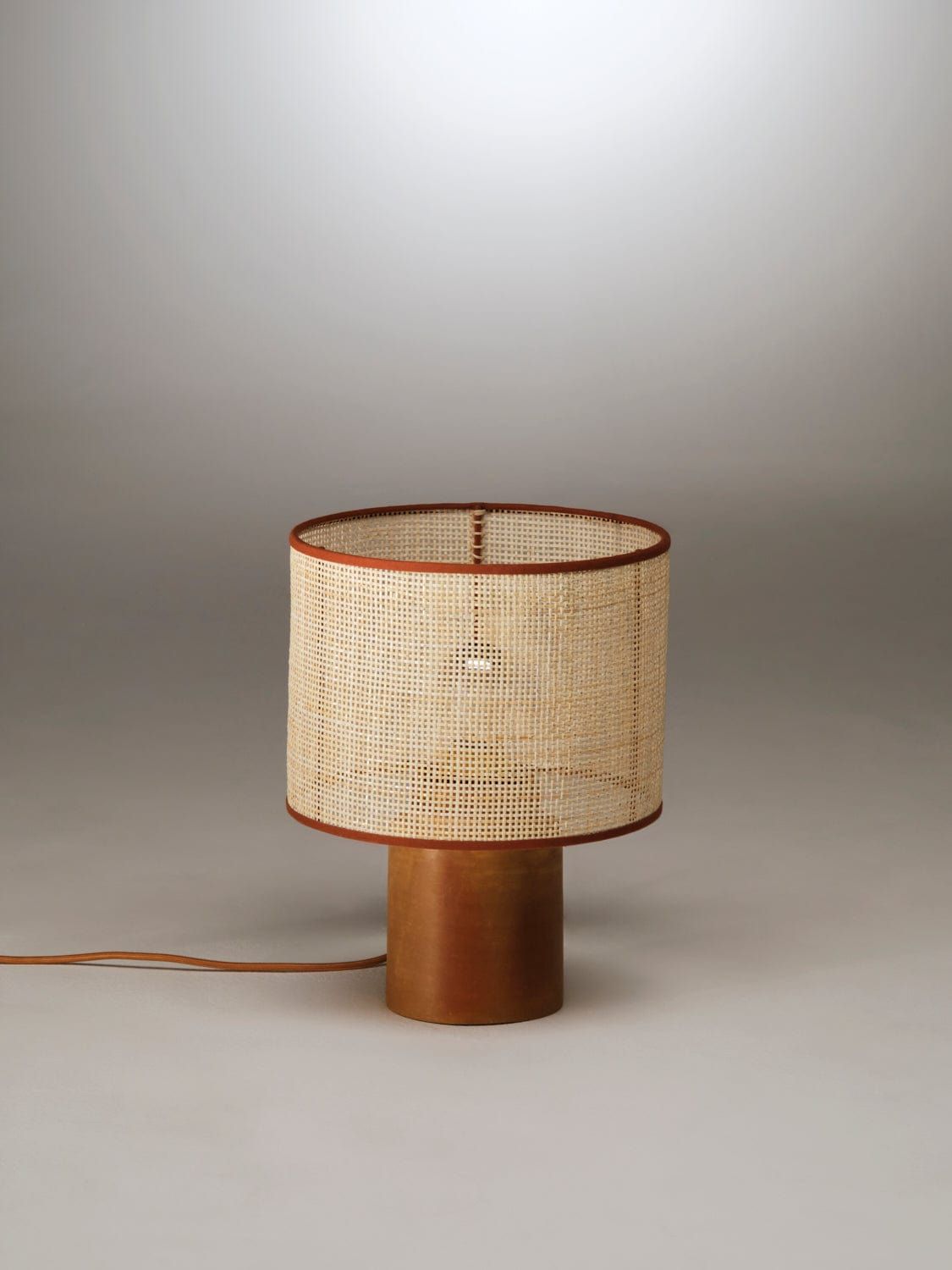
Lampshade design is an important aspect of interior decor that can greatly impact the overall aesthetic of a room. Lampshades not only serve the practical purpose of diffusing light and creating a warm ambiance, but they also add a stylish touch to any space. There are countless lampshade designs to choose from, ranging from classic and traditional to modern and eclectic. Different shapes, sizes, colors, and materials can be used to create unique and personalized lampshades that complement the existing design elements of a room. When designing a lampshade, factors such as the type of bulb, placement of the lamp, and desired lighting effect should be taken into consideration. Whether you prefer a sleek and minimalist look or a bold and colorful statement piece, the right lampshade design can elevate the style and mood of any room in your home.
Lampshade design plays a crucial role in enhancing the overall aesthetic appeal of a room. While the primary function of a lampshade is to diffuse light and reduce glare, its design also contributes to the ambiance of a space. The shape, size, color, and material of a lampshade all impact the quality of light emitted, as well as the visual impact on the room. Designers carefully consider these elements to create a cohesive and appealing look that complements the decor.
The shape of a lampshade can dramatically alter the mood of a room. A tapered drum shade might create a sleek and modern look, while a bell-shaped shade can evoke a more traditional and elegant feel. The size of the lampshade is also crucial, as it must be proportionate to the lamp base and the surrounding furniture. A small lampshade on a large lamp base can look out of place, while a large shade on a small base can overwhelm the space. Designers carefully choose the right size and shape of lampshade to achieve the desired effect.
Color and material choices are also vital considerations in lampshade design. The color of a lampshade can affect the quality of light emitted, as well as the overall color scheme of the room. A white or cream-colored shade will produce a softer, more diffused light, while a dark shade will create a more dramatic and moody atmosphere. The material of the shade also impacts the quality of light and the overall design aesthetic. A translucent fabric shade will allow more light to pass through, while a solid metal or wooden shade will create a more focused and directional light. Designers carefully select the appropriate color and material to achieve the desired lighting and visual impact.
 Decoration Ideas
Decoration Ideas









